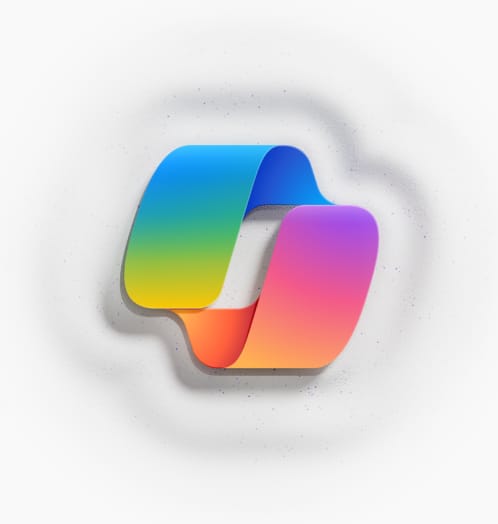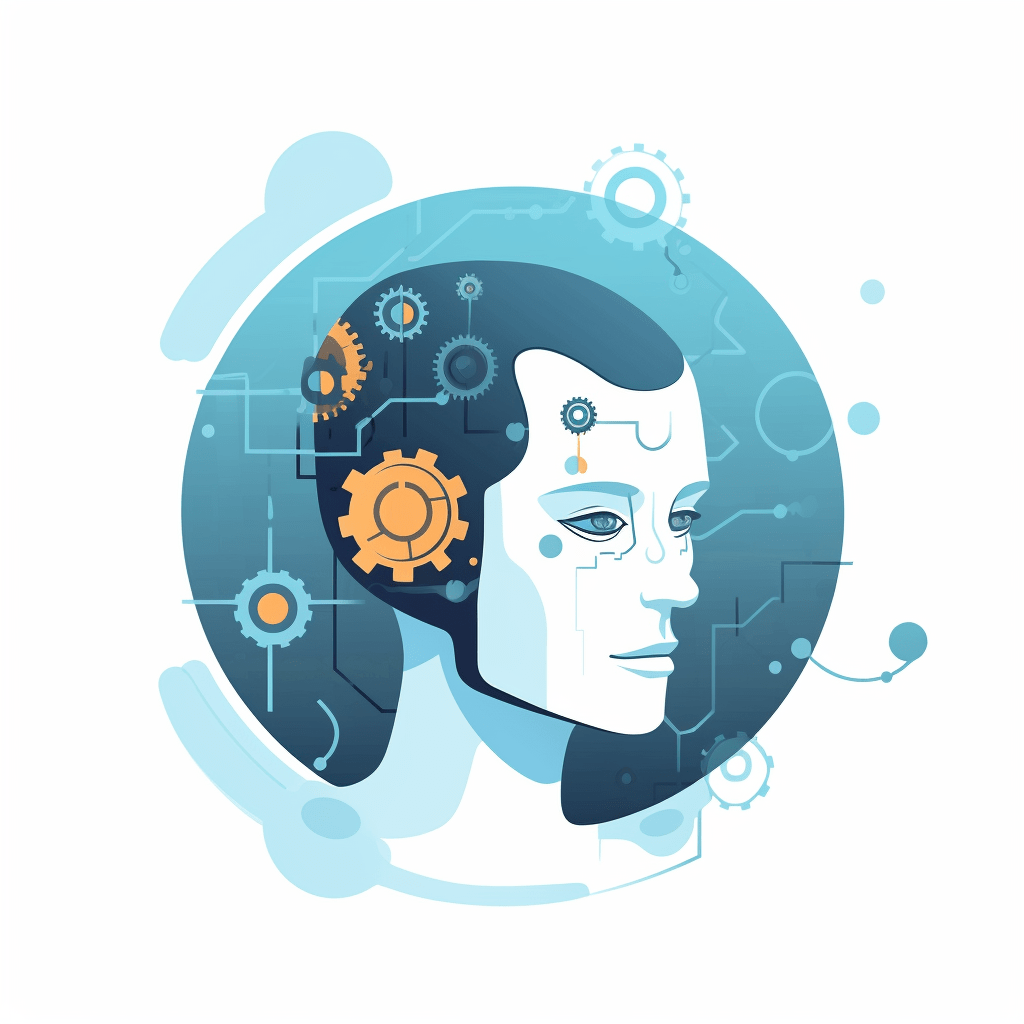TL;DW
High agency—the habit of turning every constraint into a launch‑pad—is the single most valuable learned skill a founder can cultivate. In Episode 703 of My First Million (May 5 2025), Sam Parr and Shaan Puri interview marketer–writer George Mack, who distills five years of research into the “high agency” playbook and shows how it powers billion‑dollar outcomes, from seizing the domain HighAgency.com on expiring auction to Nick Mowbray’s bootstrapped toy empire.
Key Takeaways
- High agency defined: Act on the question “Does it break the laws of physics?”—if not, go and do it.
- Domain‑name coup: Mack monitored an expiring URL, sniped HighAgency.com for pocket change, and lit up Times Square to launch it.
- Nick Mowbray case study: Door‑to‑door sales → built a shed‑factory in China → $1 B annual profit—proof that resourcefulness beats resources.
- Agency > genetics: Environment (US optimism vs. UK reserve) explains output gaps more than raw talent.
- Frameworks that build agency: Turning‑into‑Reality lists, Death‑Bed Razor, speed‑bar “time attacks,” negative‑visualization “hardship as a service.”
- Dance > Prozac: A 2025 meta‑analysis ranks dance therapy above exercise and SSRIs for lifting depression—high agency for mental health.
- LLMs multiply agency: Prompt‑driven “vibe‑coding” lets non‑technical founders ship software in hours.
- Teenage obsessions predict adult success: Ask hires what they could teach for an hour unprompted.
- Action test: “Who would you call to break you out of a third‑world jail?”—find and hire those people.
- Nation‑un‑schooling & hardship apps: Future opportunities lie in products that cure cultural limiting beliefs and simulate adversity on demand.
The Most Valuable Learned Skill for Any Founder: High Agency
Meta Description
Discover why high agency—the relentless drive to turn every obstacle into leverage—is the ultimate competitive advantage for startup founders, plus practical tactics from My First Million Episode 703.
1. What Exactly Is “High Agency”?
High agency is the practiced refusal to wait for permission. It is Paul Graham’s “relentlessly resourceful” mindset, operationalized as everyday habit. If a problem doesn’t violate physics, a high‑agency founder assumes it’s solvable and sets a clock on the solution.
2. George Mack’s High‑Agency Origin Story
- The domain heist: Mack noticed HighAgency.com was lapsing after 20 years. He hired brokers, tracked the drop, and outbid only one rival—a cannabis ad shop—for near‑registrar pricing.
- Times Square takeover: He cold‑emailed billboard owners, bartered favors, and flashed “High Agency Got Me This Billboard” to millions for the cost of a SaaS subscription.
Outcome: 10,000+ depth interactions (DMs & emails) from exactly the kind of people he wanted to reach.
3. Extreme Examples That Redefine Possible
| Story | High‑Agency Move | Result |
|---|---|---|
| Nick Mowbray, ZURU Toys | Moved to China at 18, built a DIY shed‑factory, emailed every retail buyer daily until one cracked | $1 B annual profit, fastest‑growing diaper & hair‑care lines |
| Ed Thorp | Invented shoe‑computer to beat roulette, then created the first “quant” hedge fund | Became a market‑defining billionaire |
| Sam Parr’s piano | “24‑hour speed‑bar”: decided, sourced, purchased, delivered grand piano within one day | Demonstrates negotiable timeframes |
4. Frameworks to Increase Your Agency
4.1 Turning‑Into‑Reality (TIR)
- Write the value you want to embody (e.g., “high agency”).
- Brainstorm actions that visibly express that value.
- Execute the one that makes you giggle—it usually signals asymmetrical upside.
4.2 The Death‑Bed Razor
Visualize meeting your best‑possible self on your final day; ask what action today closes the gap. Instant priority filter.
4.3 Break Your Speed Bar
Pick a task you assume takes weeks; finish it in 24 hours. The nervous‑system shock recalibrates every future estimate.
4.4 Hardship‑as‑a‑Service
Daily negative‑visualization apps (e.g., “wake up in a WW2 trench”) create gratitude and resilience on demand—an untapped billion‑dollar SaaS niche.
5. Why Agency Compounds in the AI Era
LLMs turn prompts into code, copy, and prototypes. That 10× execution leverage magnifies the delta between people who act and people who observe. As Mack jokes, “Everything is an agency issue now—algorithms included.”
6. Building High‑Agency Culture in Your Startup
- Hire for weird teenage hobbies. Obsession signals intrinsic drive.
- Run “jail‑cell drills.” Ask employees for their jailbreak call list; encourage them to become that contact.
- Reward depth, not vanity metrics. Track DMs, conversions, and retained users over impressions or views.
- Institutionalize speed‑bars. Quarterly “48‑hour sprints” reset organizational pace.
- Teach the agency question. Embed “Does this break physics?” in every project brief.
7. Action Checklist for Founders
- Audit your last 100 YouTube views; block sub‑30‑minute fluff.
- Pick one “impossible” task—ship it inside a weekend.
- Draft a TIR list tonight; execute the funniest idea by noon tomorrow.
- Add a “Negative Visualization” minute to your stand‑ups.
- Subscribe to HighAgency.com for the library of real‑world case studies.
Wrap Up
Markets change, technology shifts, capital cycles boom and bust—but high agency remains meta‑skill #1. Practice the frameworks above, hire for it, and your startup gains a moat no competitor can replicate.




